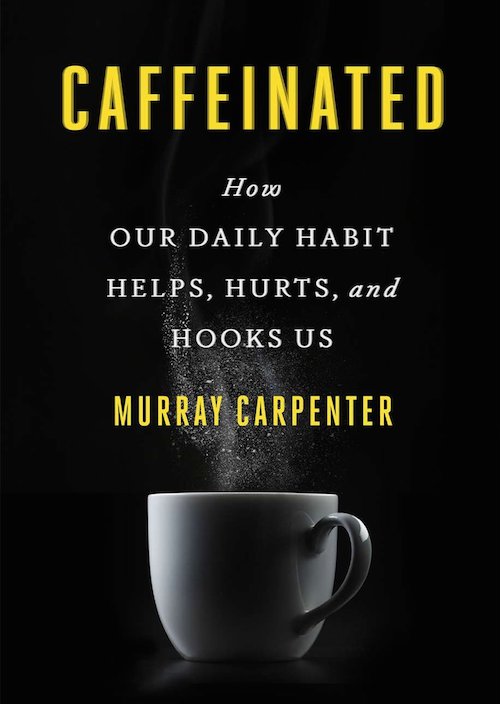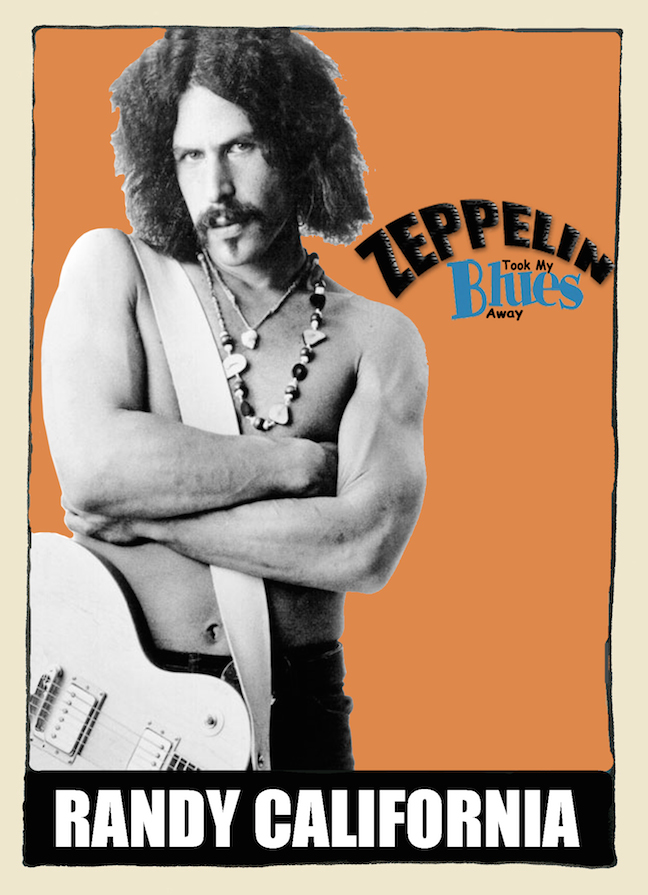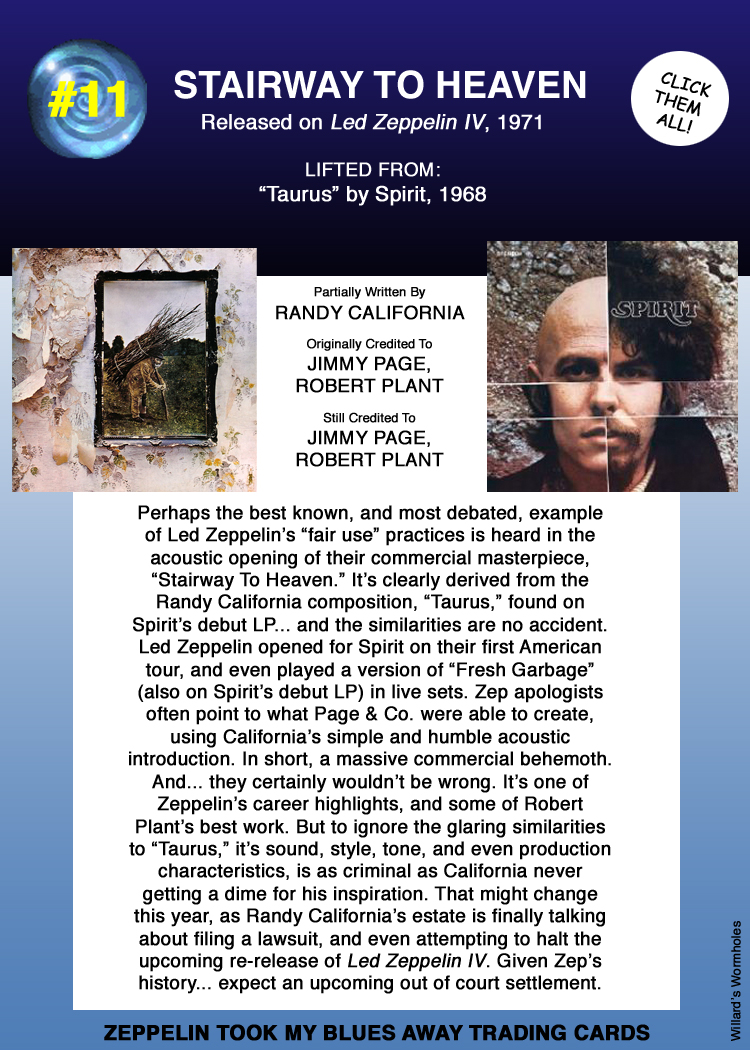In 2005, a hirsute Kazakh journalist named Borat Sagdiyev ventured to America to make a documentary about “the Greatest Country in the World.” Along the way, he had extremely awkward conversations with politicians Bob Barr and Alan Keyes, unwittingly participated in a Gay Pride parade, and accidentally destroyed a gift shop filled with Confederacy memorabilia. When he visited a Virginia rodeo, he nearly caused a riot. Prior to the event, he praised the War on Terror — which got cheers — and then wished that “George W. Bush will drink the blood of every man, woman and child in Iraq,” which got fewer cheers. He then sang the lyrics of the Kazakh national anthem to the tune of the “Star Spangle Banner.” That got boos.
Borat is, of course, a fictional character played by British comedian Sacha Baron Cohen, made famous in his hugely successful 2006 movie Borat: Cultural Learnings of America for Make Benefit Glorious Nation of Kazakhstan. While his brand of gonzo comedy might not be everybody’s cup of tea, you have to admit he’s brave and weirdly dedicated to his craft. The cops were called over 90 times during the production of Borat and Baron Cohen never broke character once.
Of all of Baron Cohen’s characters – the dim-witted wannabe gangster Ali G and the equally oblivious gay fashionista Bruno, Borat is perhaps his most likeable, and therefore his most dangerous, character. He’s so naively ignorant, so benighted by provincial prejudices that he evokes a tone of kindly condescension from just about everyone he encounters – at least before they call the cops on him. And that condescension can prove to be a trap. Borat’s casual, jarringly overt homophobia, sexism and anti-Semitism can often lead interviewees to say things out loud that they wouldn’t normally say in front of a camera. When Borat stated, “We hang homosexuals in my country!” Bobby Rowe, the producer of that rodeo quipped: “That’s what we’re trying to do here.”
The first incarnation of Borat was a Moldavian journalist named Alexi who appeared on the Granada TV show F2F in the mid-90s. For the BBC Two show Comedy Nation, Baron Cohen turned Alexi into Christo from Albania. You can see a couple of his early skits as Christo. In the one up top, he tries the patience of famed socialite Lady Colin Campbell by insisting on carrying the train of her haute couture dress. Below that, Christo stumbles uncomprehendingly into the world of S&M. Both videos, as you might expect, are NSFW.
Related Content:
Ali G at Harvard; or How Sacha Baron Cohen Got Blessed by America’s Cultural Establishment
George Carlin Performs His “Seven Dirty Words” Routine: Historic and Completely NSFW
Lenny Bruce Riffs and Rants on Injustice and Hypocrisy in One of His Final Performances (NSFW)
Jonathan Crow is a Los Angeles-based writer and filmmaker whose work has appeared in Yahoo!, The Hollywood Reporter, and other publications. You can follow him at @jonccrow.





